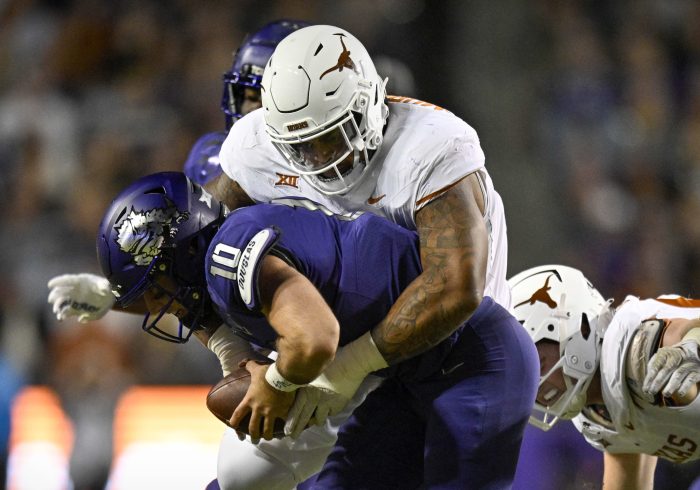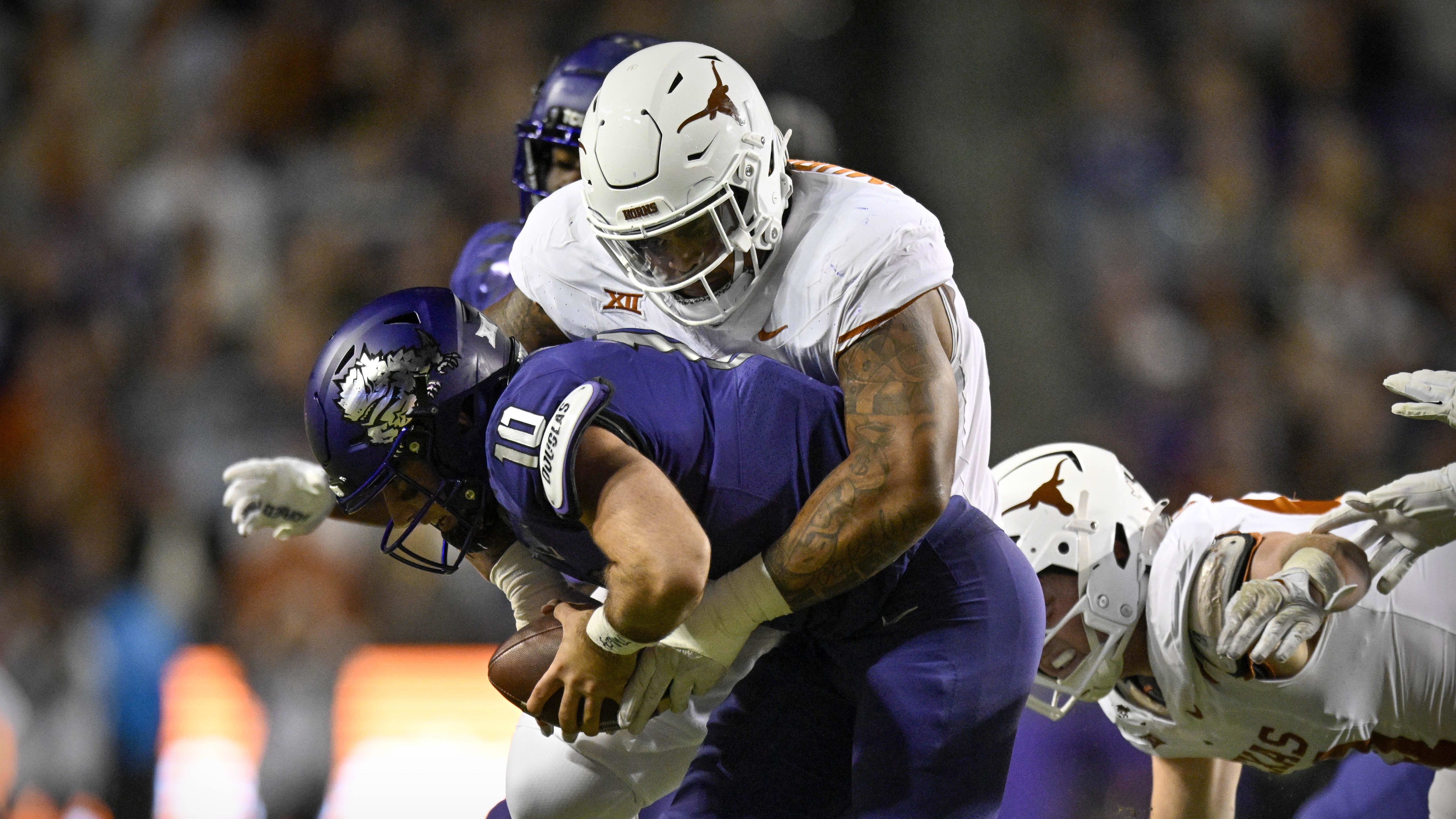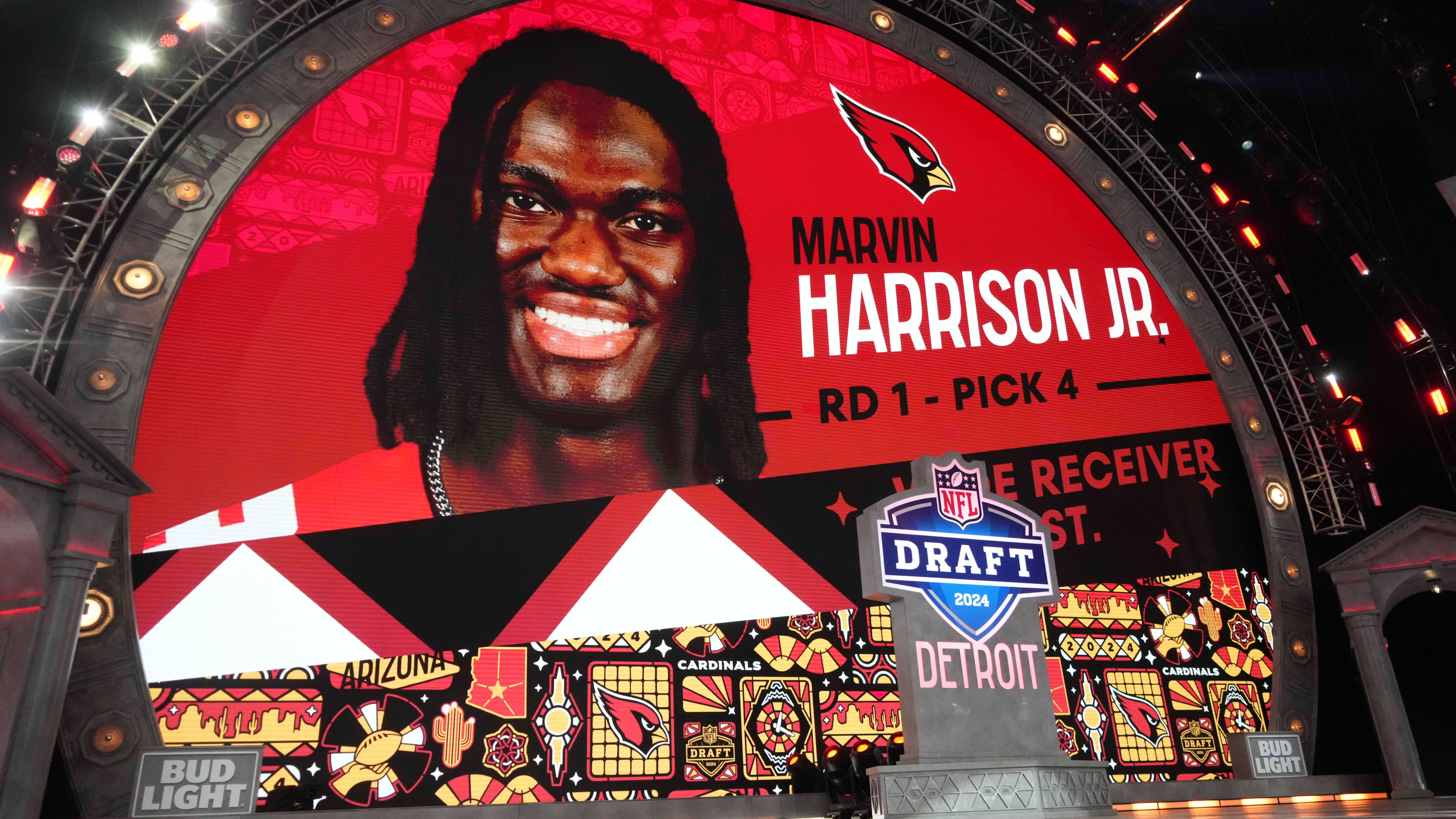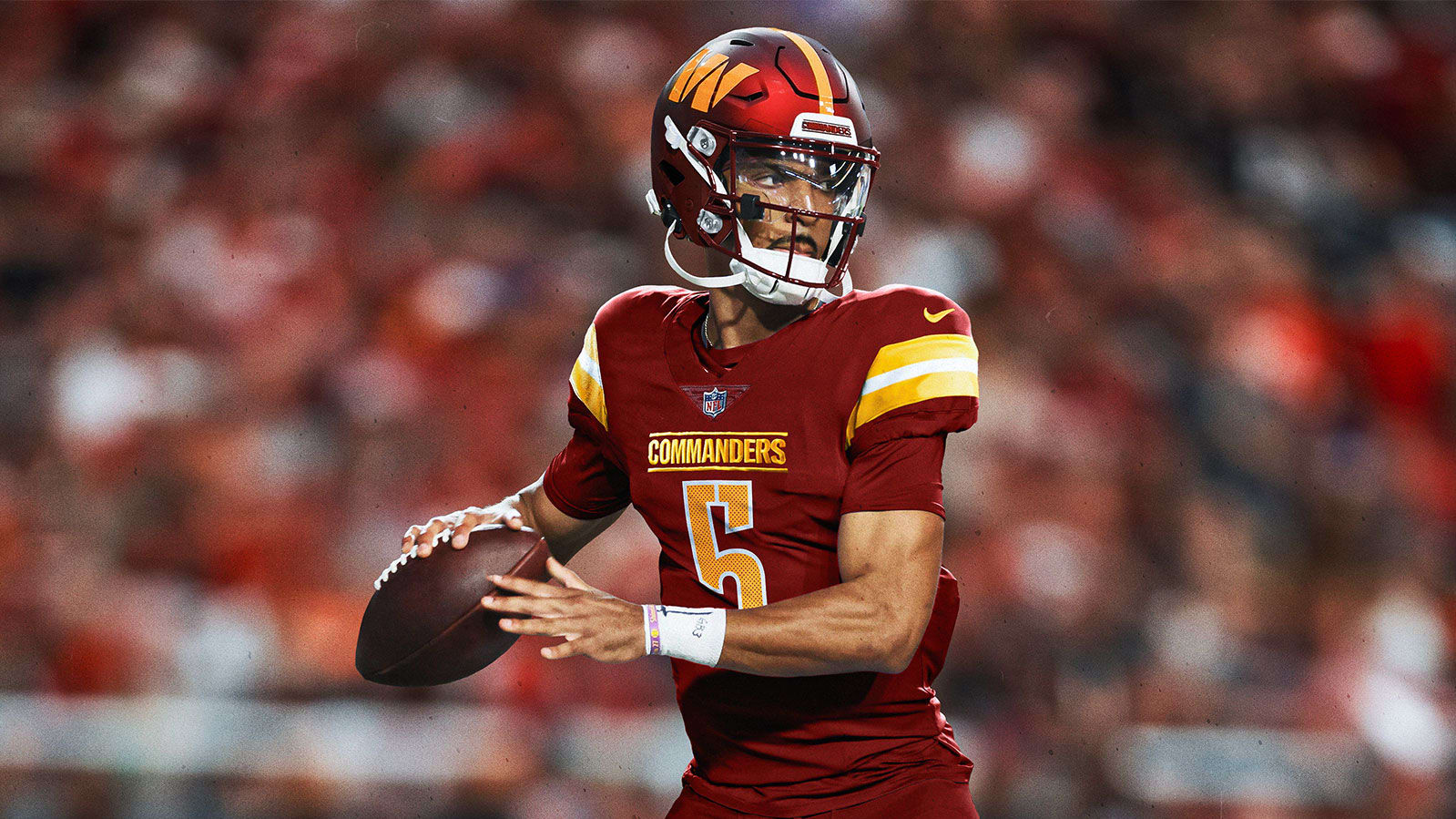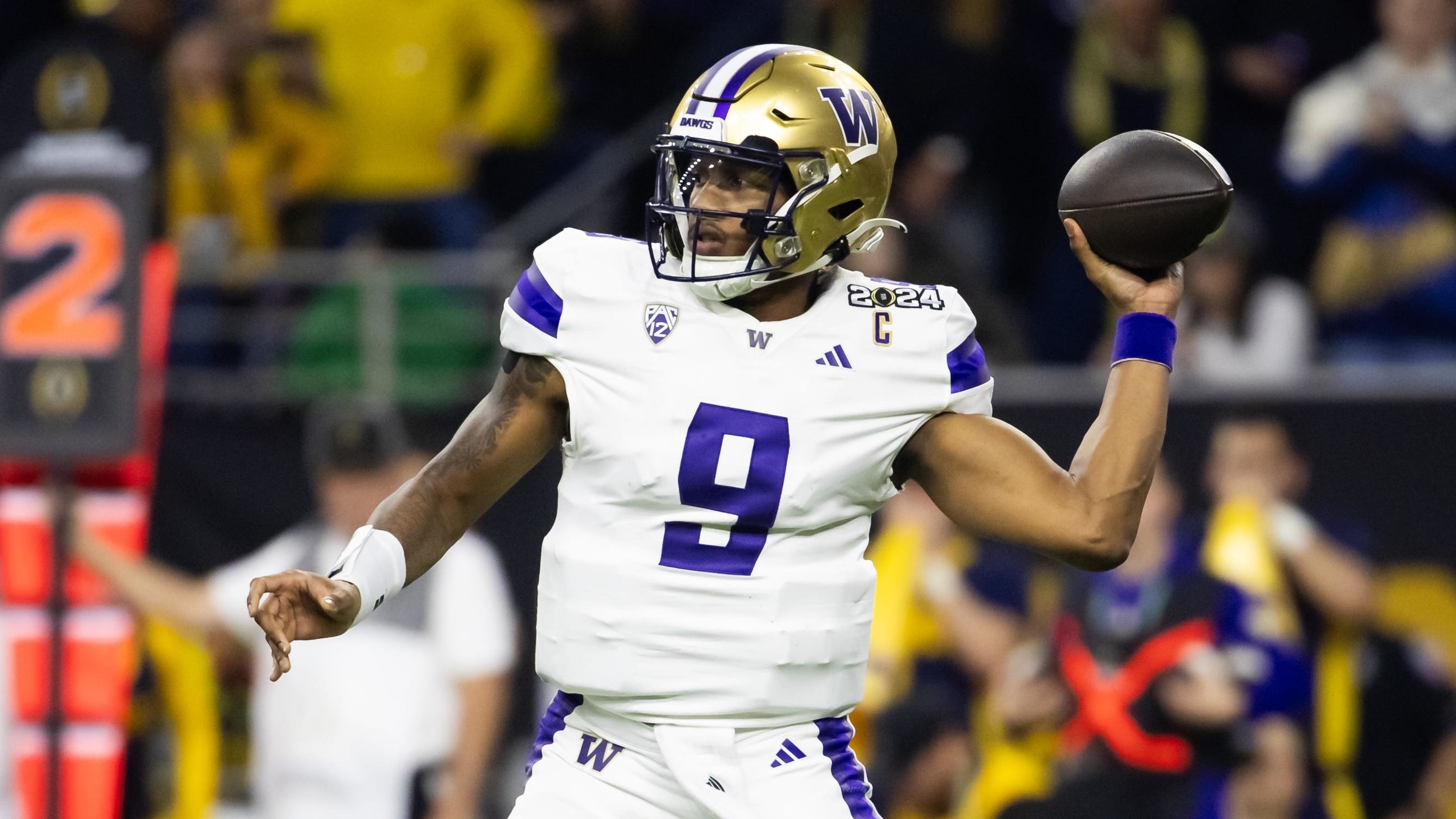Ranking the 2024 NFC Draft Classes: The Impact of the Michael Penix Jr. Pick
Many were ready to pencil in the Atlanta Falcons as the NFC South winners for their 2024 NFL playoff predictions. That might have changed after the Falcons made their stunning selection of Michael Penix Jr. in the 2024 NFL draft.
The signal-caller out of Washington should help the Falcons in the future, but he didn’t make them better in the present, allowing the Tampa Bay Buccaneers, New Orleans Saints and Carolina Panthers to close the gap on the talented Falcons, who added immediate impact players with their first-round selections.
Kirk Cousins, who was signed in free agency to a four-year, $180 million deal, was left scratching his head at the Falcons’ first-round pick. But a few other teams in the NFC also made questionable moves during last week’s three-day draft as well.
Let’s examine how each NFC team did in the 2024 draft by ranking them from 16 to 1. Don’t expect a surprise for No. 16 …
16. Atlanta Falcons
The Falcons used the No. 8 pick on Penix, who’s ready to start now after six years of college experience, including guiding Washington to the national title game. Instead of Penix following in the paths of Russell Wilson and Brock Purdy starting as rookies, he will have to wait his turn for a year or two, maybe three. And let’s not forget that Cousins’s contract includes guarantees of $90 million in the first two years with a $10 million option in Year 3.
The Falcons didn’t want to wait on a quarterback-succession plan, opting for what the Kansas City Chiefs and the Green Bay Packers did with Patrick Mahomes and Jordan Love despite not having a deep roster as those teams did. The Falcons, who haven’t made the postseason since 2017, dismissed the present for the future and passed on adding an immediate contributor with their first-round pick. Now the pressure is on second-round defensive tackle Ruke Orhorhoro and third-round edge rusher Bralen Trice to produce right away.
15. Seattle Seahawks
The Seahawks deserve credit for adding defensive tackle Byron Murphy II, even though they have committed plenty of money to Leonard Williams and Dre’Mont Jones. Murphy fits the scheme of new coach Mike Macdonald, but now the Seahawks have a dilemma with a log jam at the position. Murphy will likely receive starter’s snaps because he excels at stopping the run, a weakness of the Seahawks the past few seasons.
Without a second-round pick, the rest of the Seahawks’ draft class seems a bit underwhelming. But the Seahawks have plenty of talent throughout the roster. Perhaps all they need for a bounce-back season is for Macdonald to get the star-studded defense on the same page, which became easier with the selection of Murphy.
14. Carolina Panthers
The Panthers might have prioritized need more than taking the best player available when it came to adding a wide receiver. They found their physical outside receiver, selecting 6'3," 227-pound Xavier Legette with the last pick in the first round. Carolina took Legette over Ladd McConkey, Keon Coleman and Adonai Mitchell. Time will tell if the Panthers selected the right receiver for Bryce Young and new coach Dave Canales.
Taking the best running back prospect in Jonathon Brooks should give Carolina a balanced attack after a dismal ground game in 2023. Overall, the Panthers added help for Young and found a way to gain a first-round pick.
13. Dallas Cowboys
Judging from the social media criticism, the Cowboys’ draft class likely received a low grade from most football pundits. But it wasn’t as bad as many made it seem because they prioritized the offensive line. Sure, the Cowboys haven’t made it to a conference title game this millennium, but they became perennial playoff contenders because they rarely neglected the trenches, drafting Zack Martin and Tyler Smith. They quickly found their Tyron Smith replacement with the first-round selection of Tyler Guyton, a left tackle with plenty of upside.
Dallas also continued loading up on edge rushers, adding Marshawn Kneeland in the second round to fill the void of Dorance Armstrong, who left in free agency to join the Washington Commanders. It’s never a bad draft strategy to add offensive and defensive linemen. But the Cowboys failed to address their needs at running back and inside linebacker. They also could have used another receiver to go with CeeDee Lamb and Brandin Cooks.
12. New York Giants
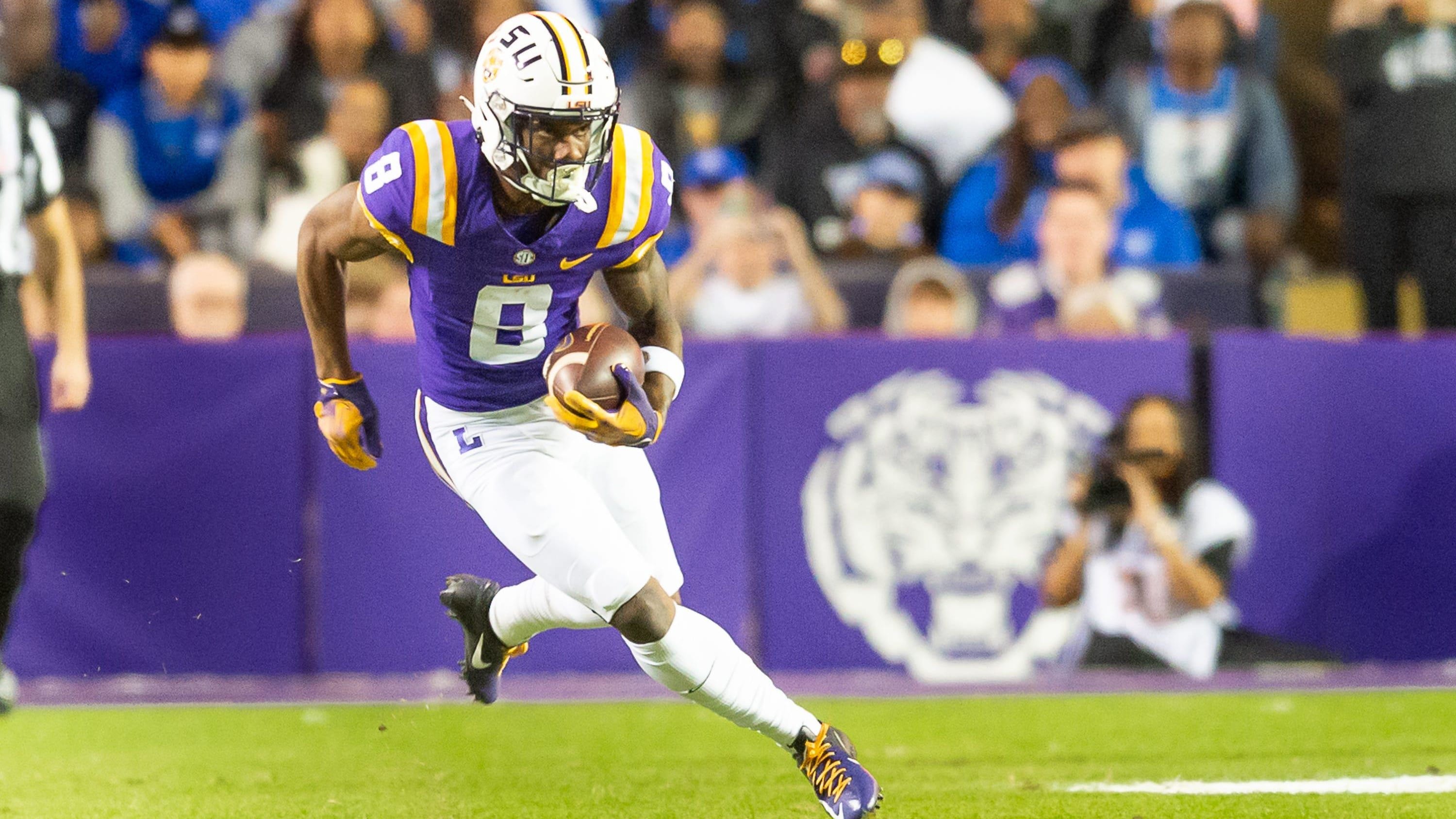
Nabers has the makings of the next Odell Beckham Jr. or Ja'Marr Chase
SCOTT CLAUSE/USA TODAY Network / USA
Perhaps the Giants should be ranked lower than 12th on this list, but they landed standout wideout Malik Nabers with their No. 6 pick. Nabers has the makings of the next Odell Beckham Jr. or Ja’Marr Chase. Nabers’s explosiveness will expand the playbook for coach Brian Daboll, making him a matchup nightmare for opposing defenses.
Daniel Jones gets another shot to prove himself with a dangerous downfield threat in Nabers—unless you’re buying the hype of Drew Lock possibly taking Jones’s job this summer. But the Giants likely know by now that Jones won’t ever reach elite QB status in the NFL. They had an opportunity to move up from No. 6 to third to select Drake Maye, but couldn’t come to a trade agreement with the New England Patriots.
11. San Francisco 49ers
The 49ers passed on wide receivers who had more hype from the draft experts to select Ricky Pearsall with the 31st pick. San Francisco deserves the benefit of the doubt because Deebo Samuel and Brandon Aiyuk weren’t high-profile prospects when the team selected them. The 49ers might be forced to decide between Samuel and Aiyuk because they have drafted so well in recent years and don’t have enough cap space to keep all of their star players.
San Francisco gave itself flexibility with the Samuel-Aiyuk dilemma by adding Pearsall, who should be ready to slide in as a starter if Samuel or Aiyuk leave during the 2025 offseason. The best teams create options and plan ahead.
10. Minnesota Vikings
If J.J. McCarthy was the target all along, the Vikings played this well by only trading up one spot to get him at No. 10 instead of moving into the top five to select the Michigan quarterback. But Minnesota took a risk by banking on the fifth quarterback taken in the draft. As history has shown, it’s rare when five quarterbacks from one draft class develop into legitimate franchise signal-callers.
The Vikings tried to trade three first-round picks to the Patriots for the right to draft Maye, who likely has the best skill set among all of the QB prospects. McCarthy's ceiling might not be as high as the others, but he proved at Michigan he can run an efficient offense and will now get to throw to Justin Jefferson, Jordan Addison and T.J. Hockenson. By not getting desperate for a quarterback, the Vikings also added Dallas Turner at No. 17 to pair with free-agent signing Jonathan Greenard.
9. Green Bay Packers
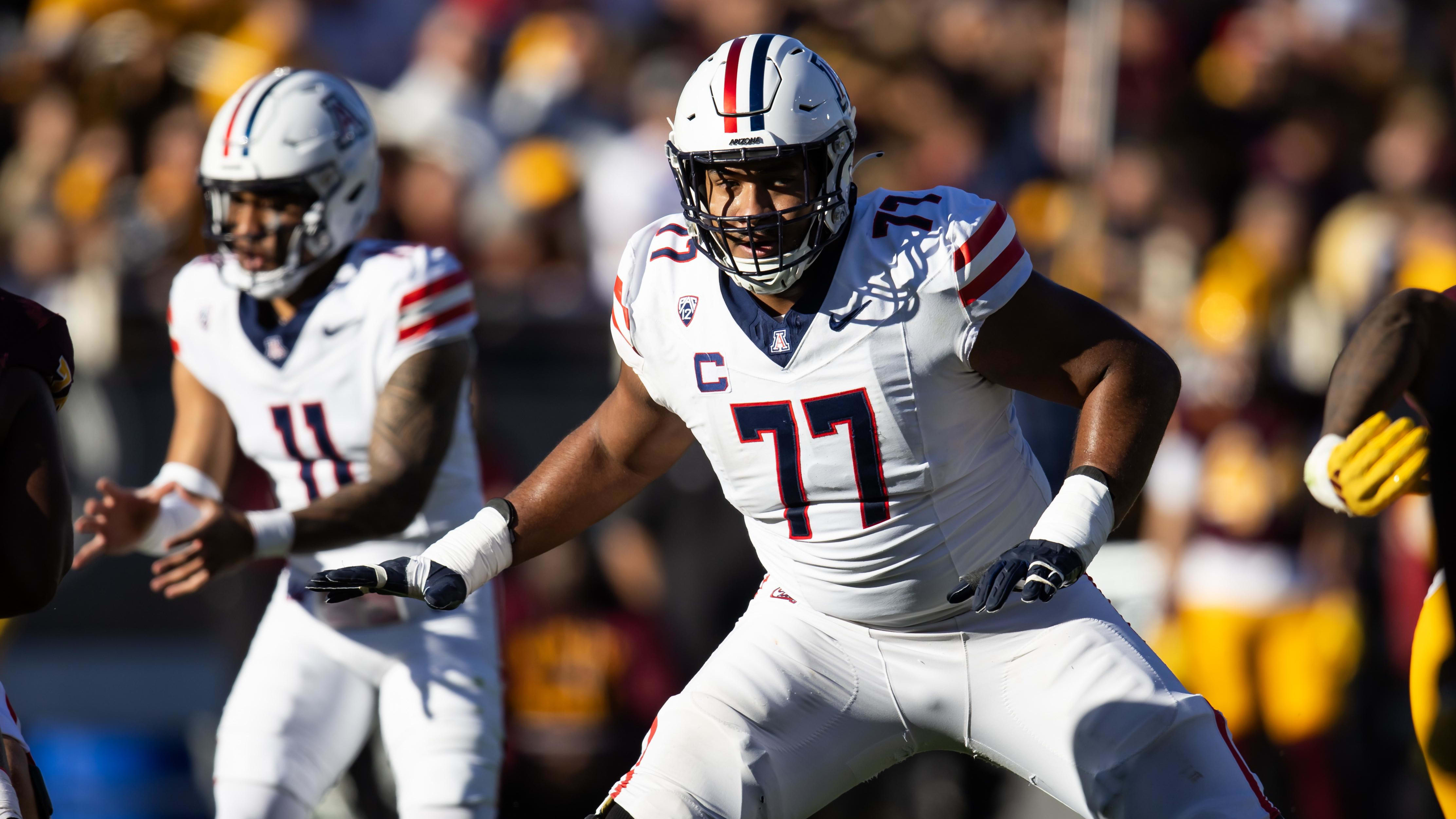
Morgan could compete for the starting left tackle job for the Packers.
Mark J. Rebilas-USA TODAY Sports
The Packers failed to add a top offensive tackle in last year’s draft, but they didn’t make that same mistake again, one they couldn’t afford because of the departure of David Bakhtiari. Jordan Morgan, the 25th pick, could compete for the left tackle job against Rasheed Walker, who filled in admirably for the injured Bakhtiari in 2023.
Morgan also has the flexibility to play guard, which could explain why the Packers chose him over Guyton, the Cowboys’ first-round pick. In the second round, the Packers took the first off-ball linebacker with Edgerrin Cooper. Perhaps the Texas A&M product could flourish as an immediate starter. Green Bay has invested plenty of draft picks in recent years on defensive players, but hasn’t received many positive returns.
8. Tampa Bay Buccaneers
With Canales now calling the plays for Young, the Buccaneers needed to find another way to make life easier for Baker Mayfield, who received a lucrative contract extension after a career year with Canales as the offensive play-caller in Tampa Bay. They did that by drafting center Graham Barton with the No. 26 pick. On paper, the Bucs’ offensive line has come a long way since 2022, when the unit failed to protect Tom Brady during his final season.
With a stout offensive line, Mayfield is well positioned to prove his 2023 season was no fluke. Coach Todd Bowles’s defense got better with second-round selection Chris Braswell, who will join last year’s standout rookie edge rusher Yaya Diaby.
7. New Orleans Saints
The Saints had a sensational start to the draft, selecting offensive tackle Taliese Fuaga and cornerback Kool-Aid McKinstry in the first and second rounds, respectively. New Orleans had concerns at tackle with Ryan Ramczyk’s injury issues and Trevor Penning’s struggles on the field. Now they have less problems with the arrival of Fuaga, arguably the best run blocker in the draft.
Fuaga probably will start at right tackle, but he would fix more problems if he’s able to play left tackle. The Penning experience hasn’t worked out and it might be better for New Orleans to move him as a backup tackle. As for McKinstry, it won’t be easy for him to earn a starting job, but he adds youth to a veteran-filled defense. The Saints need more draft picks to become cornerstone pieces to finally gain cap-space flexibility.
6. Arizona Cardinals
The Cardinals didn’t overthink it and took Marvin Harrison Jr., possibly the best prospect in the draft. Yes, the Cardinals have many needs and would have benefited from the extra picks had they traded out of the No. 4 spot. But you don’t pass on a wide receiver prospect as good as Harrison, who has drawn comparisons to Larry Fitzgerald Jr. and A.J. Green.
Kyler Murray will benefit from Harrison’s presence, as will offensive coordinator Drew Petzing, who had impressive game plans in 2023 despite a poor roster. After taking the dominant Harrison, the Cardinals added Darius Robinson, who could be Arizona's best pass rusher this upcoming season. He’ll join a defensive unit lacking talent outside of safety Budda Baker.
5. Los Angeles Rams
The Rams filled defensive needs with two standout prospects. First, they took edge rusher Jared Verse to pair him with Byron Young, last year’s rookie standout. They followed that by moving up from No. 52 to 39 to select defensive tackle Braden Fiske, who impressed many at the Senior Bowl.
Fiske will have the pressure of filling the massive void left by the retirement of Aaron Donald, but he won’t have to do it alone because the Rams planned ahead. Last year, they drafted Young and defensive tackle Kobie Turner, who became a Defensive Rookie of the Year candidate. L.A. lost a legend in Donald, but now have four intriguing players on the defensive line. Also, the Rams were wise to select running back Blake Corum in the third round. He has a similar skill set to last year’s breakout star Kyren Williams. They should form a dominant duo, and Corum could help as a starter in case Williams deals with injuries again.
4. Philadelphia Eagles
The Eagles neglected the secondary last offseason and it cost them during their end-of-season collapse. The secondary should be much improved after Philadelphia added cornerback Quinyon Mitchell and defensive back Cooper DeJean. Mitchell could soon take over as the team’s No. 1 outside cornerback because of his elite traits and athleticism. DeJean will probably flourish in Vic Fangio’s scheme because he can play cornerback and safety.
And it wouldn’t be a Howie Roseman draft without him taking at least one edge rusher. Third-round pick Jalyx Hunt has plenty of upside and could quickly find a rotational role behind Josh Sweat and Bryce Huff.
3. Detroit Lions
Similar to the Eagles, the Lions addressed their secondary needs with a pair of first-round defensive backs. Detroit gets the nod over Philadelphia because Terrion Arnold might be one of the safest picks in the draft. He’s a polished technician with a similar skill set to Seattle’s Devon Witherspoon. Arnold going at No. 24 could end up being the steal of the draft.
The Lions didn’t settle at cornerback and took Ennis Rakestraw Jr. in the second round. The Lions swung and missed on cornerback Cameron Sutton, who was released recently after being a top free-agent addition in 2023. Arnold should be a Day 1 starter, joining last year’s rookie sensation Brian Branch and veteran newcomer Carlton Davis III. It likely won’t take Rakestraw long to crack the cornerback rotation in Detroit.
2. Washington Commanders
Jayden Daniels is set up for long-term success after all of the savvy moves Washington has made in its first offseason with a new owner, GM and head coach.
Daniels received a talented tight end in Ben Sinnott, a second-round pick. Daniels also might have the luxury of playing with a much-improved defense. The Commanders’ first pick in the second round was defensive tackle Jer’Zhan “Johnny” Newton, who was viewed by many as a first-round prospect. The Commanders’ second second-round pick was cornerback Mike Sainristil. Coach Dan Quinn now has enough talent to turn the Washington defense from one of the worst to a respectable unit in 2024.
1. Chicago Bears
The Bears could have two Offensive Rookie of the Year candidates after using their two top-10 picks on Caleb Williams and Rome Odunze. On paper, GM Ryan Poles executed one of the best trades in recent years after flipping last year’s No. 1 pick to the Panthers for wide receiver DJ Moore and many draft picks, including two that turned into offensive tackle Darnell Wright and Williams.
But this trade won’t be remembered positively for years to come without Williams turning into an elite quarterback. The pressure is on the USC product, but the Bears have built an ideal surrounding for the top pick, with the trade for Keenan Allen and selection of Odunze, the savvy route router who can create plays on the outside and in the slot. Start the Bears’ hype train because they might be fun to watch with their two top-10 picks.
